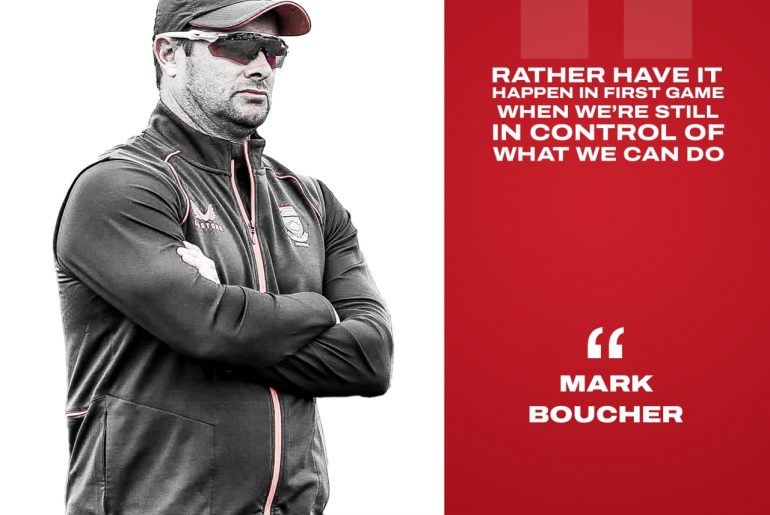It’s been said in these pages before but is worth reiterating: Rohit Sharma is the best classical opener in world cricket now. It’s the absences that are noticeable against the new ball. That fidgety front foot that would trample across and upset the stillness of his head is gone. With it, the propensity to play even straight deliveries around his front pad disappeared. With it, the LBW threat and unbalanced positions went poof. The technique is almost minimalistic, almost monastic, almost Jacques Kallis-ish. With the natural cadence that elevates him aesthetically beyond Kallis, who was akin to Hollywood’s typical unemotional Russian.
It screams out in Sharma’s remarkably non-fussy defence. Rarely has a ball been anaesthetised so gracefully. The bat is held just above the waist, wrist already cocked gently in place as he awaits, and it gently dips past his hips to meet the ball. Another graceful Indian opener in recent years was Murali Vijay, whose bat would conjure up an elegant movement, a waft. Sharma’s defence seems more compact. In his pomp, Vijay’s judgement of off-stump was impeccable before his feet betrayed him in England in 2018, stirring up the imbalance. Impatient management accentuated his self-doubts and hastened his end before he could course-correct. Luckily, for Sharma, they weren’t as ruthless with him and actively encouraged him to open in Tests.
Something happened to Sharma in the summer of 2019 in the Indian Premier League. Something good. It was initially puzzling as he had started to push deliveries even on middle and leg straighter, towards mid-on. No flicks. No nurdles. No wristy dabs. As if he had scissored out the square region out of his mental map. Time and again through that IPL, he would consciously hold his shape and push to mid-on. It was a glimpse into his intricate batting tweaks that came into play in Tests later.





